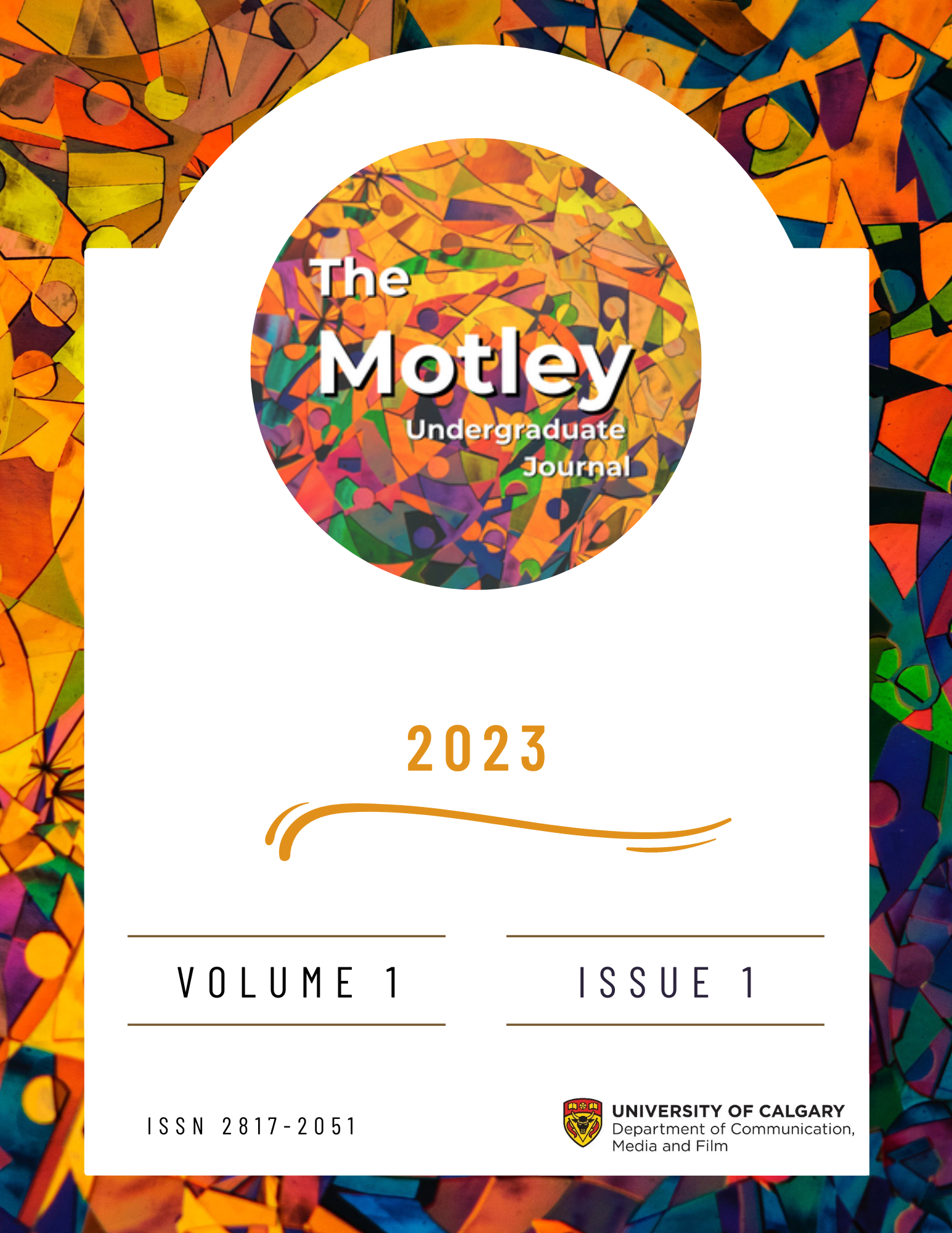Frederick Douglass
Visibility of a visionary
DOI:
https://doi.org/10.55016/ojs/muj.v1i1.76423Keywords:
Frederick Douglass, visual culture, race, daguerrotype, portrait photography, antebellum eraAbstract
Historically, tools of ocularity have enabled the racialization of marginalized individuals through invisibility. During the antebellum period, these tools were coopted to naturalize discriminatory beliefs without agency from the photographed subjects. Douglass’ portrait taken by Samuel Miller showcases the subversiveness of his use of the daguerreotype to uncover race relations in antebellum America. Douglass knowingly sat for the photograph as an effort to move away from the visual scrutiny Black individuals faced. This is exemplified in the more than 160 pictures he sat for throughout his lifetime. The picture in possession by the Art Institute of Chicago showcases Douglass agency and right to see and look back. A picture that redefined Blackness by breaking through the racial categories that visually maintained white supremacy as hegemonic.
This artifact is also a symbol of the overwhelming number of African American contributions in visual culture that are unfortunately still overlooked by scholars. Whether it is as sitters, daguerreotypists, gallery owners, etc.; visual culture was profoundly impacted by Black Americans during the 19th century. For instance, Ball, who was both a Daguerrean gallery owner and a daguerreotyper was featured in Frederick Douglass’ paper, highlighting the importance of self-representation and self-possession. Moreover, the mystification of pictures that uncovered race relations in America is disputed. To regard photography that depicts oppression as artistry is contentious. However, in this analysis, I propose a way to highlight the visualization of invisible gazes that have been taken away the right to look back.
References
Bernier, C.-M. (2015). A visual call to arms against the “caracature [sic] of my own face:” from fugitive slave to fugitive image in Frederick Douglass's theory of portraiture. Journal of American Studies, 49(2), 323–357. https://doi.org/10.1017/s0021875815000109
Blackwood, S. (2009). Fugitive Obscura: Runaway slave portraiture and early photographic technology. American Literature, 81(1), 93–125. https://doi.org/10.1215/00029831-2008-052
Blight, D. W. (1990). Up from "Twoness": Frederick Douglass and the meaning of W.E.B. Dubois's concept of double consciousness. Canadian Review of American Studies, 21(3), 301–320. https://doi.org/10.3138/cras-021-03-02
Cutter, M. J. (2020). The fugitive gazes back: The photographic performance work of Frederick Douglass and sojourner truth. InMedia, (8.2.). https://doi.org/10.4000/inmedia.2463
Daguerreian Gallery of the West. (1854, May 5). Frederick Douglass' Paper. Retrieved October 2022, from www.loc.gov/item/sn84026366/1854-05-05/ed-1/.
Gathright, J. (2015, September 17). Existence as Resistance. Harvard Magazine. Retrieved October 2022, from https://www.harvardmagazine.com/2015/09/black-chronicles-ii-cooper-gallery-photo-exhibit.
Miller, S. J. (1847). Frederick Douglass. [Photograph], Chicago. Retrieved 2022, from https://www.artic.edu/artworks/145681/frederick-douglass.
Schwartz, V. R., Przyblyski, J. M., & Foucault, M. (2019). Panopticism. The nineteenth-Century visual culture reader (pp. 73–79). essay, Routledge Taylor & Francis Group.
Schwartz, V. R., Przyblyski, J. M., & Smith, S. M. (2019). Baby's Picture Is Always Treasured. In The nineteenth-Century visual culture reader (pp. 358–369). essay, Routledge Taylor & Francis Group.
Tagg, J. (1993). A Democracy of the Image: Photographic Portraiture and Commodity Production. In The burden of representation: Essays on photographies and Histories (pp. 34–59). essay, University of Minnesota Press.
Westerbeck, C. L. (1999). Frederick Douglass chooses his moment. Art Institute of Chicago Museum Studies, 24(2), 145–262. https://doi.org/10.37862/aaeportal.00008.002
Downloads
Published
Issue
Section
License
Copyright (c) 2023 Ariadna Alvarado

This work is licensed under a Creative Commons Attribution-ShareAlike 4.0 International License.
Copyright Policy
The Motley Undergraduate Journal is an Open Access article distributed under the terms of the Creative Commons Attribution 4.0 Share-Alike License. Under this license, users are free to share (copy, distribute and transmit) and remix (adapt) the contribution, including for commercial purposes, providing that the original work is properly cited. Under Creative Commons, authors retain copyright in their articles.
Author Self Archiving Policy
Authors are permitted to post their work online in institutional/disciplinary repositories or on their own websites. Pre-print versions posted online should include a citation and link to the final published version in The Motley Undergraduate Journal as soon as the issue is available; post-print versions (including the final publisher's PDF) should include a citation and link to the journal's website.

